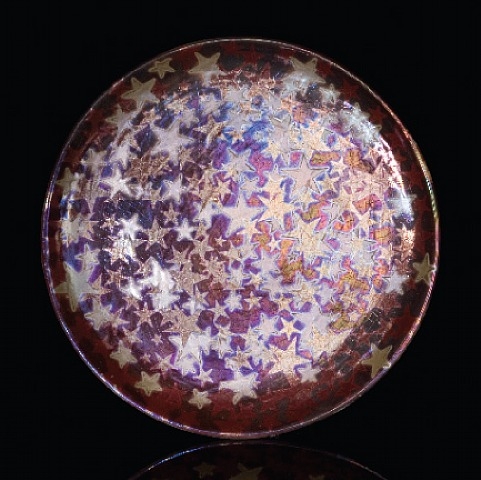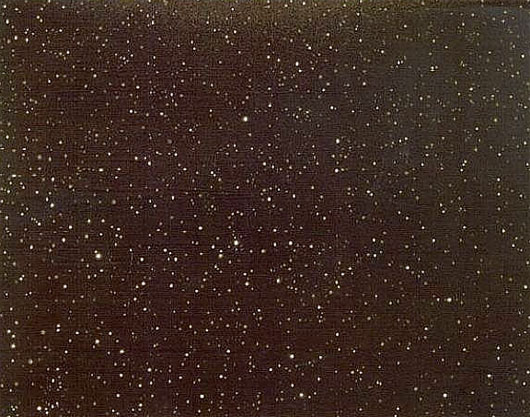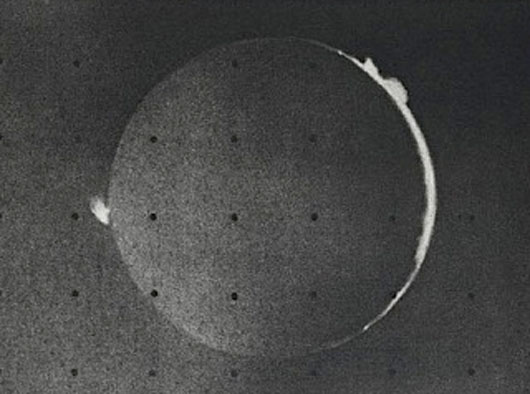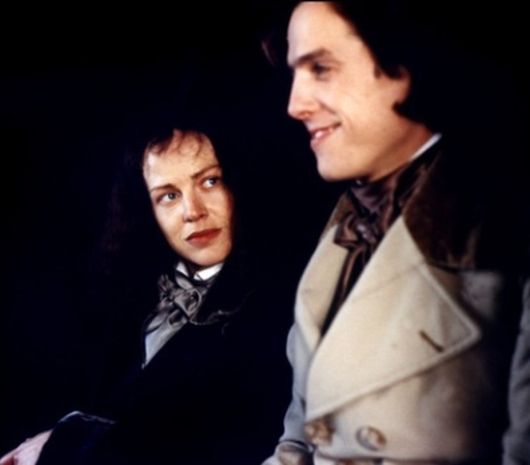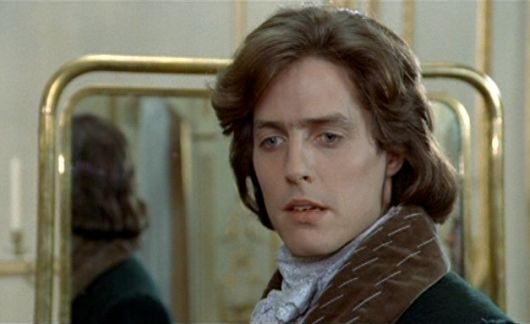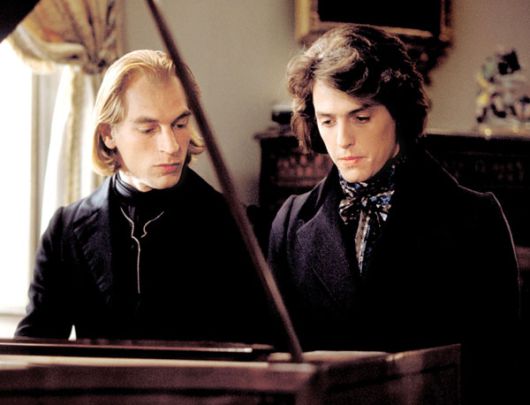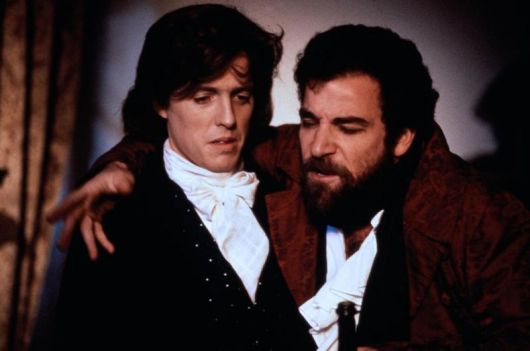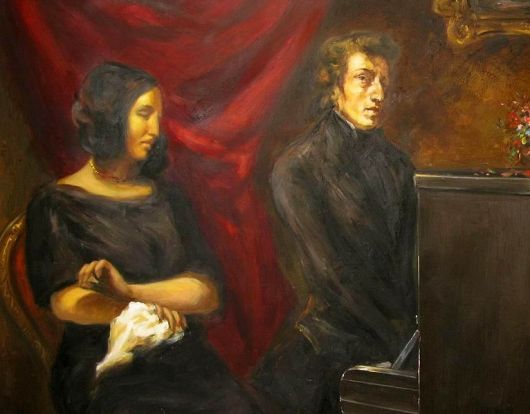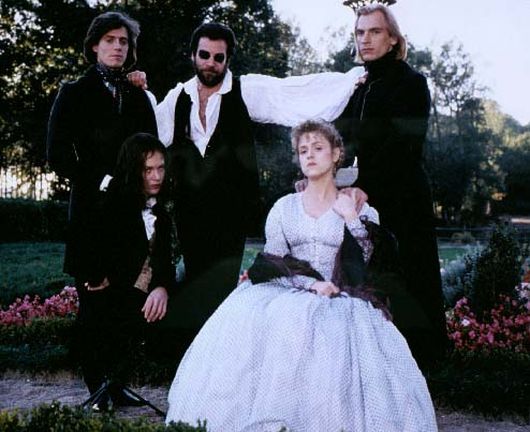 CHICAGO
CHICAGO In Which Nearly Everything Has An Expiration Date
 Tuesday, December 3, 2013 at 9:40AM
Tuesday, December 3, 2013 at 9:40AM 
Something There
by CATHALEEN CHEN
I live on the top floor of, supposedly, the oldest building in town.
It is a modest place — two bedrooms, creaky floors and the narrowest kitchen you can imagine. A long hallway leads to the bedrooms, shared among the three of us, and adjacent to the dining room is a disproportionately vast living room, the quintessence of my domestic tendencies.
The size of maybe a small dive bar, my living room is a perfect square space of tan hardwood and Ikea furniture (both of my roommates happen to be Swedish, but that’s just a very blonde and button-nosed coincidence). On the far right, French doors open up to a balcony that overlooks a courtyard. When I stand out there on a temperate autumn night, three stories up with dim but majestic stars above, I feel like I rule the world.
The living room walls are a wedding cake shade of off-white, with built-in shelves on the left and a fully functional fireplace. I’ve never actually used it, but I like that I could. The mantelpiece is cluttered with trinkets — old books, a One Step Rainbow Land Polaroid camera, a Grace Jones record cover, Klimt’s Water Serpents II reprinted on canvas (Ikea, of course), and the empty bottles of certain beverages to remind visitors that yes, though my place is thoughtfully decorated, it is still a college apartment and that in this thoughtfully decorated college apartment, we like to have fun.
And we do. My roommate recently put up a poster of John Belushi from Animal House, the one in which he wears the iconic “college” sweatshirt and an expression of simultaneous awe and disgust. The poster is strategically placed so that Belushi’s impenetrable gaze falls on our couch — a stiff, brown futon that’s currently missing a leg — where we spend about 80 percent of our time when conscious. Belushi’s glance is misdirected, however, because his bemusement is unwarranted. At worst, he’d witness a raunchy game of truth or dare amidst smoke and booze, slurred secrets and all — maybe rated R in extreme cases, but only for language.
Most of the time, we’re as tame as college students could be. In the daytime, the room is fantastically well lit. On Sunday afternoons, it’s the loveliest place to do schoolwork or, I’d imagine, for a fat house cat to nap.
But it’s all the more charming after dark. Without an overhead light, we use lamps, candles and Christmas lights that accidentally create the perfect séance every night. There must be something about the color of the floor and the walls that complements the yellow lights against the darkness outside, because the room, along with everything in it, glows.
+
When I first moved in a summer and half ago, I had to live alone in the barely furnished apartment for almost a month. For some silly reason that I can’t remember now, I had a lot of trouble setting up the internet. Finally, AT&T came to install their service one day, but left before I got home from work. It happened to be an exceptionally drab day but it got worse when I found that the internet still didn’t work. And after two hours of angry 1-800-number calls, I collapsed on the hardwood floor and burst into tears.

That was the first night I cried here. And hell, I sobbed.
The next week, my roommates moved in, the couch arrived from Target.com and all was well in the household. To christen the apartment together, we lit an entire bag of tea lights in the living room and drank wine in our pajamas — the first night of many to come.
+
Instead of stuffing myself into marshmallow goose down for the four relentless months of Chicago winter, I spent the first part of 2013 in Washington, D.C. There, I saw Beyoncé lip sync at the inauguration. I witnessed Hilary Clinton cry at a Senate meeting. I ran into Ted Cruz right before he starred in Rand Paul’s filibuster, which we endearingly nicknamed the “filiblizzard.” But most bizarre of all, I felt homesick. Homesick for not my home in Pennsylvania, but for this one in Evanston.
Historically speaking, homesickness for a specific residence is a rare sentiment for me. The longest I had ever lived in one piece of property was eight years, and that was the first eight years of my life, in China. Then I moved to Morgantown, West Virginia, where my parents and I relocated to different houses twice. After the ol’ Mountaineers, we moved to Grove City, Pennsylvania, where we also relocated twice. And then at Northwestern, I lived in a dorm for a year, and finally, I moved here, on the top floor of the oldest building in town.
When I was in D.C., my heart was in the living room of this apartment, eating macaroons with my roommates and listening to Grace Jones on vinyl.
When I came back in April, my roommates threw me a surprise party. I came home one Friday afternoon to find balloons, champagne and a dozen familiar faces lurking in my living room. Surprise, they yelled. I was confused and happy and it was bliss.
+
Last Thursday, I caught one of my roommates — we’ll call him Blonnor for the sake of anonymity — on the balcony at 3 a.m., after I heard a splattering sound while brushing my teeth. When I walked into the living room, he turned around and said, “I aimed for the trees.” I found out the next day that it was a lousy attempt.
On most nights though, nothing really happens here.
I sit on my couch that is missing a leg, supported by a stack of old Vogues instead, and I read. Buttery lights flicker around me, emitting an illusory heat that glazes my skin. I look to my left and there’s Blonnor, also reading or writing or playing a Chopin prelude on the keyboard. If it storms outside, I’d open the balcony door, and the symphony of thunder and rain would accompany his melody. It would be one of those nondescript moments in time that eventually, inevitably disappears from memory because of its bareness. What remains is a familiar comfort, a visceral sort of nostalgia that could only be kindled by an unsuspected scent or a haunting refrain. That is what makes this living room perfect — these lights, the Klimt and my Scandinavian companions — the loveliness of a fleeting moment. From the tea lights to the Belushi poster in its exact placement on the wall, everything here has an expiration date.
But when that day comes, I hope my heart remains on the top floor of the oldest building in town, even if the details become hazy.
Cathaleen Chen is the senior contributor to This Recording. She is a writer living in Chicago. You can find her twitter here. You can find an archive of her writing on This Recording here. She last wrote in these pages about Chopin and wormholes.

"So Says I (live at Third Man Records)" - The Shins (mp3)
"The Rifle's Spiral (live at Third Man Records)" - The Shins (mp3)

 cathaleen chen,
cathaleen chen,  chicago
chicago 





























